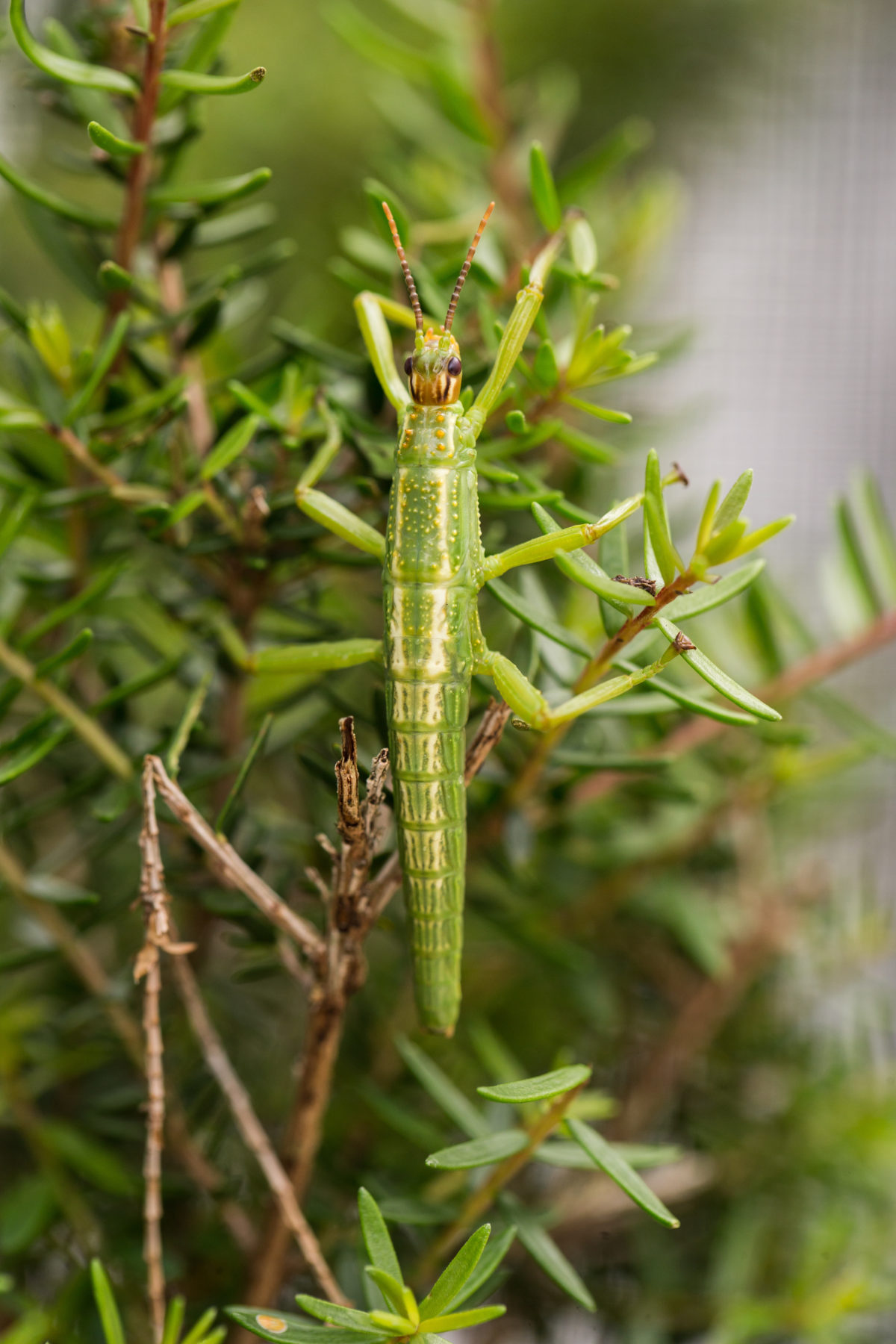Meet the walking sausage!

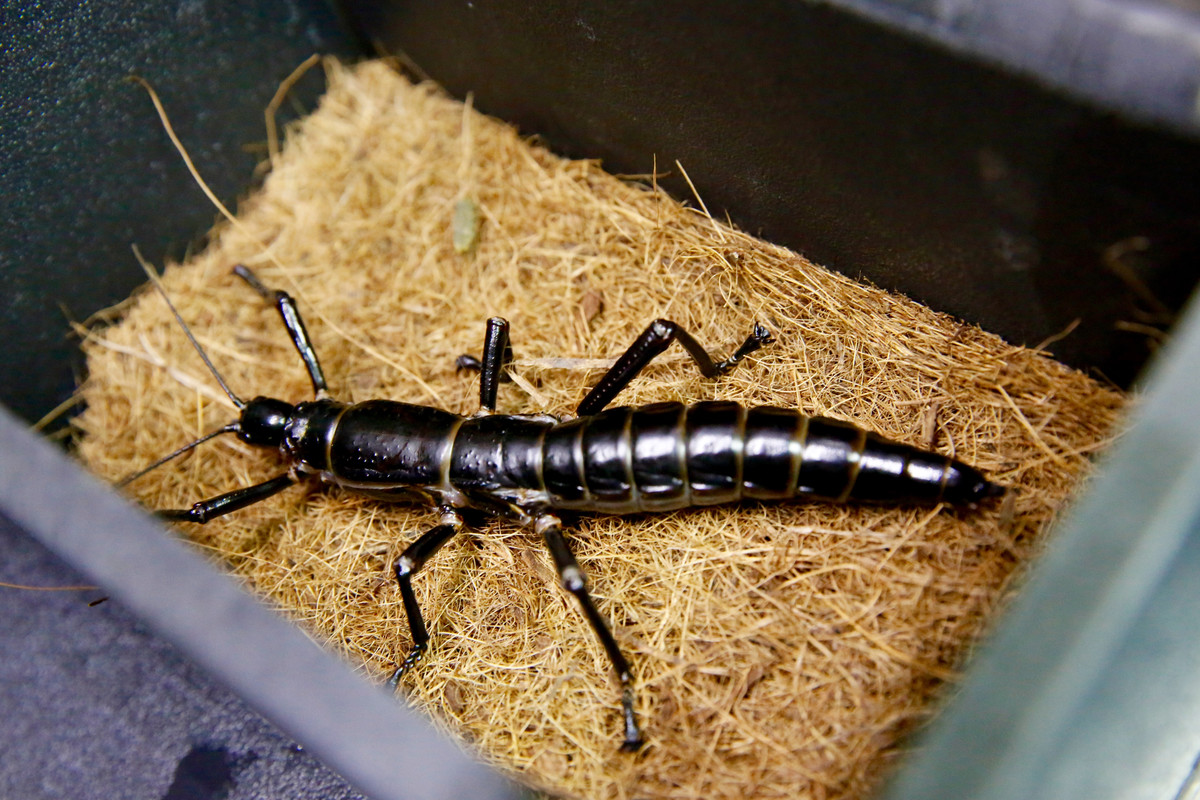
Melbourne Zoo’s resident Insect Keeper Rohan Cleave gives us the lowdown on the incredible Lord Howe Island stick insect.
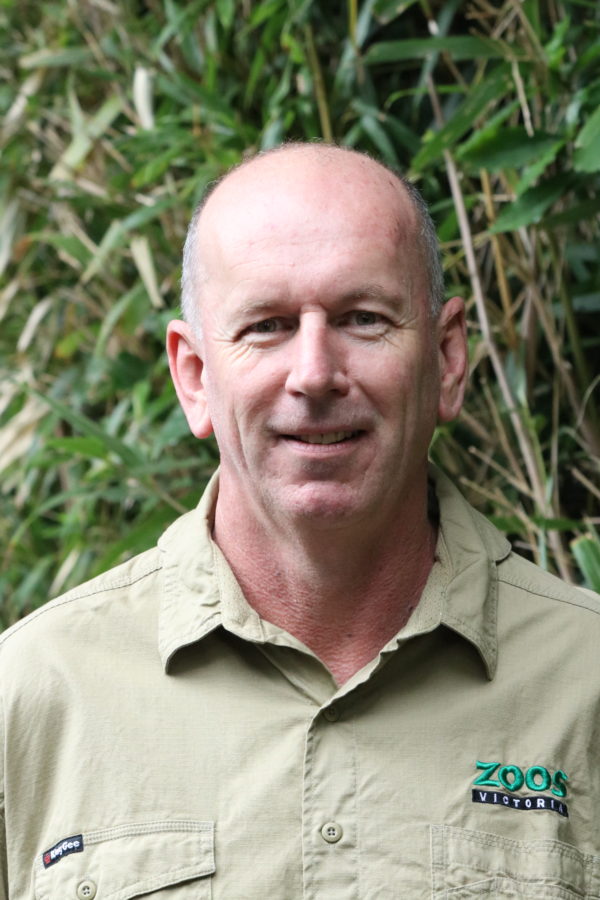
How did you get into studying insects?
I have always had a love of animals, in particular our Australian native species. I like to take care of the rare and little things that often go unnoticed in the natural world. I have been very lucky to work with the Lord Howe Island stick insect right from the start of the captive breeding program in 2003, along with many amazing people all over the world in helping save this species.
What do you love most about them?
They are a fascinating species in many different ways, especially their struggle of survival against all the odds in the wild and that story of survival. We thought we had lost them forever. I have loved learning about their lifecycle over this journey and how each single species plays an important role in an ecosystem.
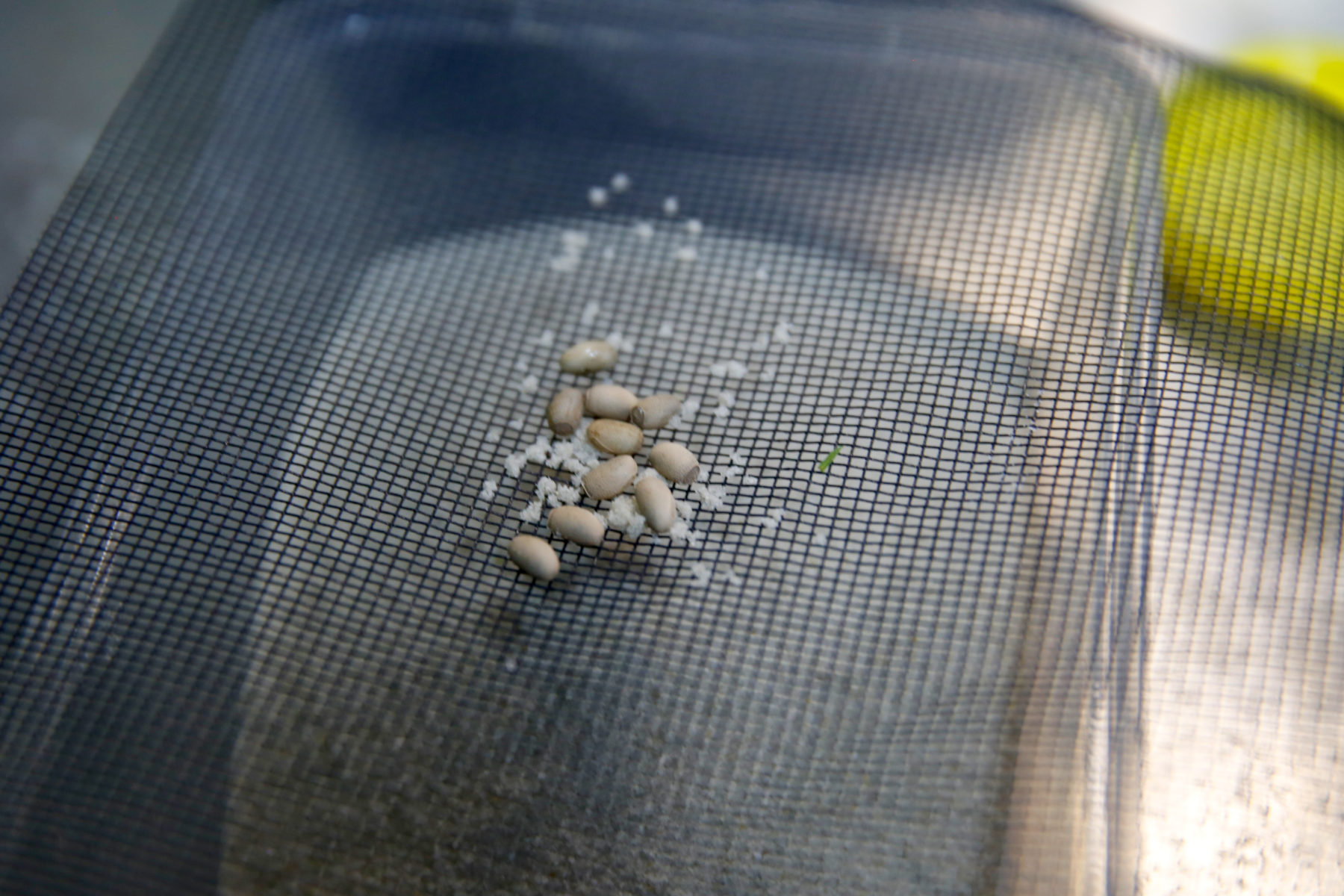
What is so incredible about the Lord Howe Island stick insect?
I think that they are an ancient species, and they have survived isolated on Balls Pyramid for such a long time. Their lifecycle is really fascinating: their eggs incubate for between 6 to 9 months and the nymph that hatches is three times the length of the egg. They start out diurnal, bright green and camouflaged really well, but as they grow they change to become nocturnal after a few months and eventu ally become black and really, really big. It is an amazing transformation.
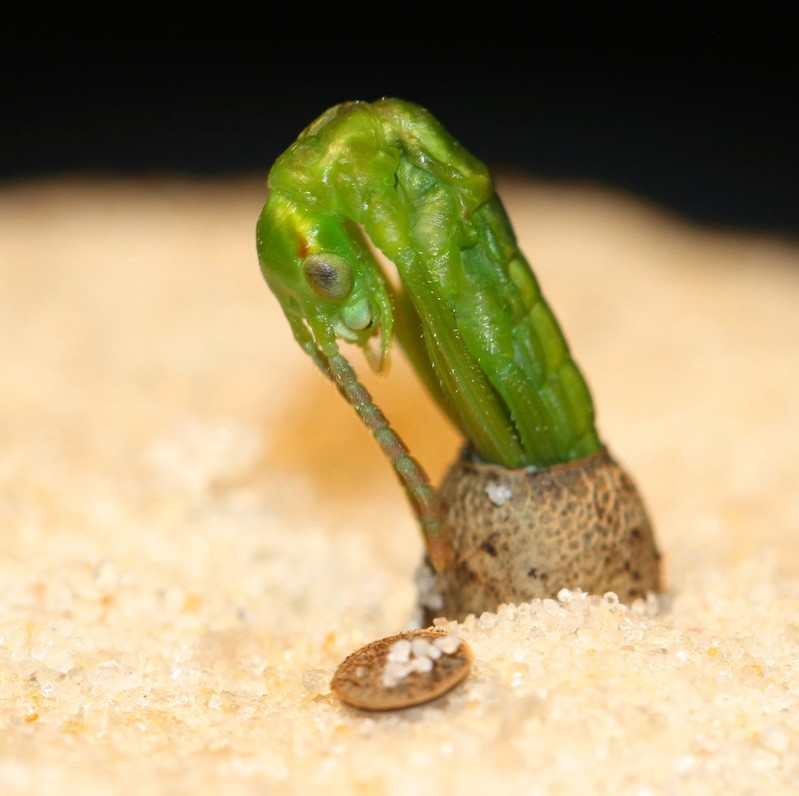
How many are left in the wild?
Very few individuals live in the wild on Balls Pyramid. It is a difficult and dangerous place to survey properly and the last time was in 2017 when only 17 animals were found alive. With limited space and plants available they can only survive in small numbers. The most ever seen on one trip was 30 individuals which we would consider to be around the maximum numbers in the wild.
What do they like to eat?
They eat leaf and plant material. One of their favourite plants is the Lord Howe Island Tea Tree (Melaleuca howeana) which is endemic to Balls Pyramid and Lord Howe Island. We have tried many different plant species over the years thanks to our amazing Melbourne Zoo horticulture nursery team. We have worked tirelessly on diet and growing endemic plants which has been a massive achievement.
What is the weirdest thing about them?
I love how the females can bury their eggs underground and then carefully scrape soil back over the egg to bury it. They also have love heart shaped pads underneath thei r legs which is cute and as sub adults and adults they all huddle together in huge numbers during the day. Their moulting process is one of the most amazing things you can watch how they transform into a larger size.
The Lord Howe Island stick insect is also called the land lobster, why is that?
They have quite a few local nicknames. They are also known by these names: Lord Howe Island Phasmid, Tree lobster and Walking Sausage which have all been used by people to try and describe them.
